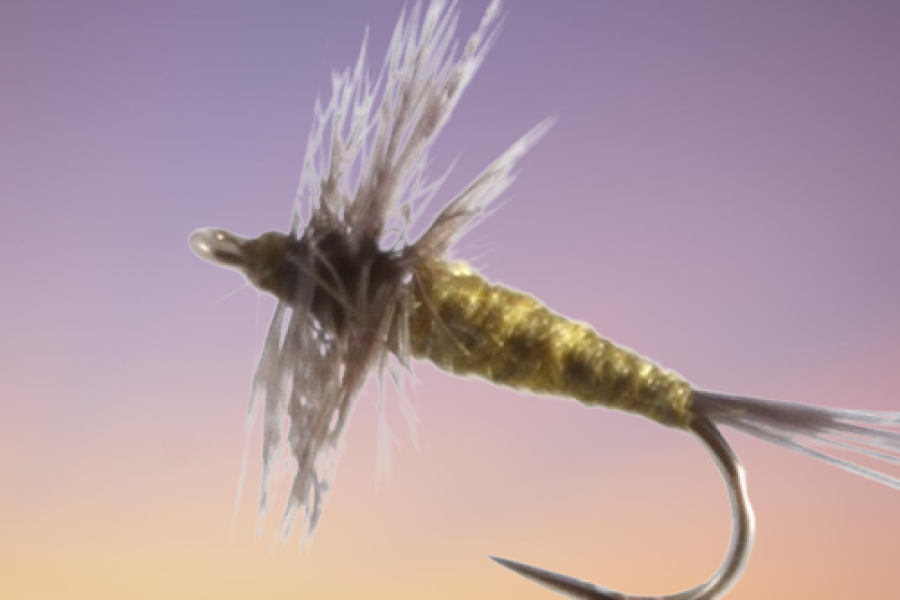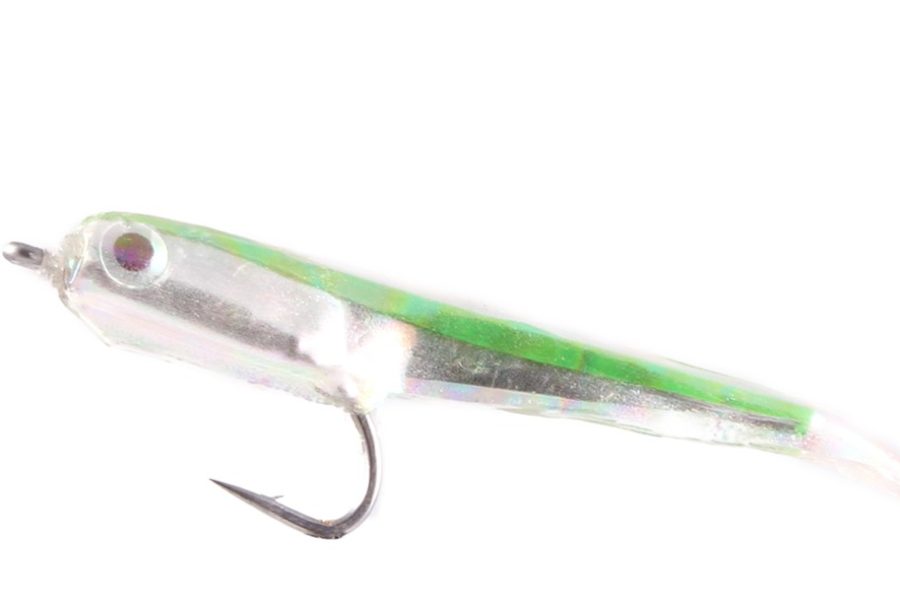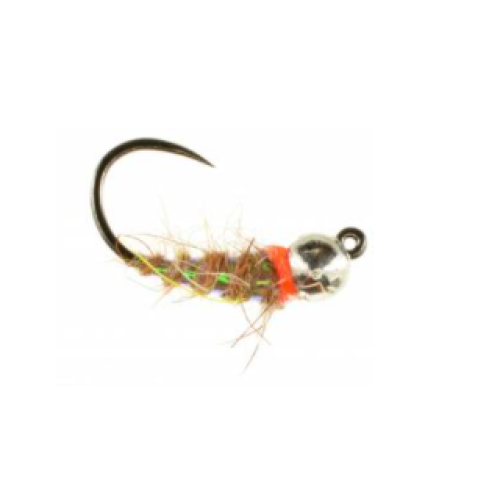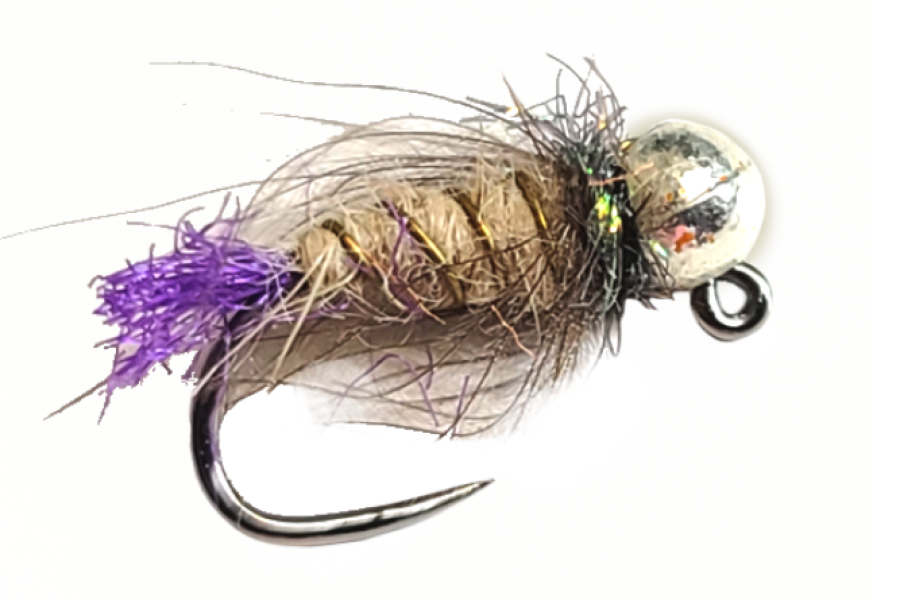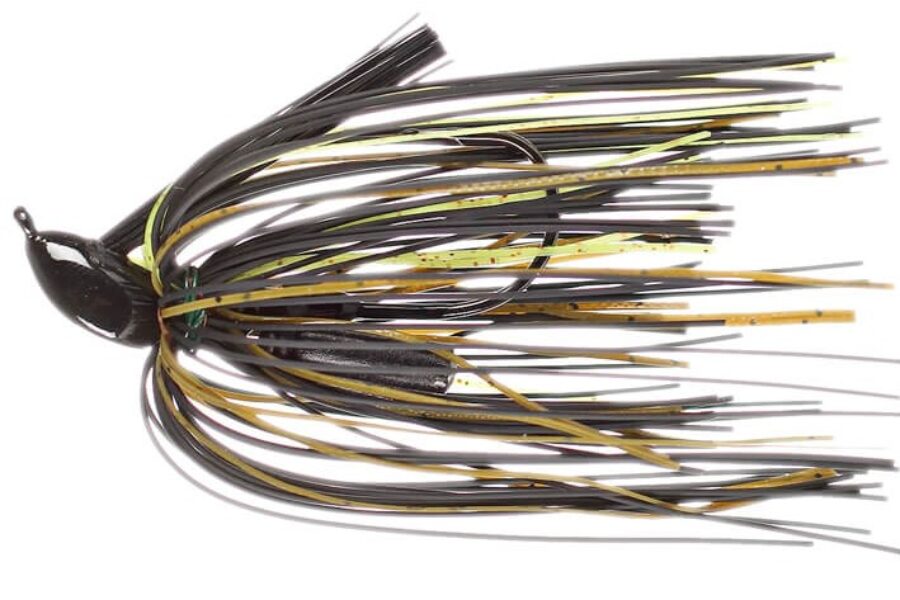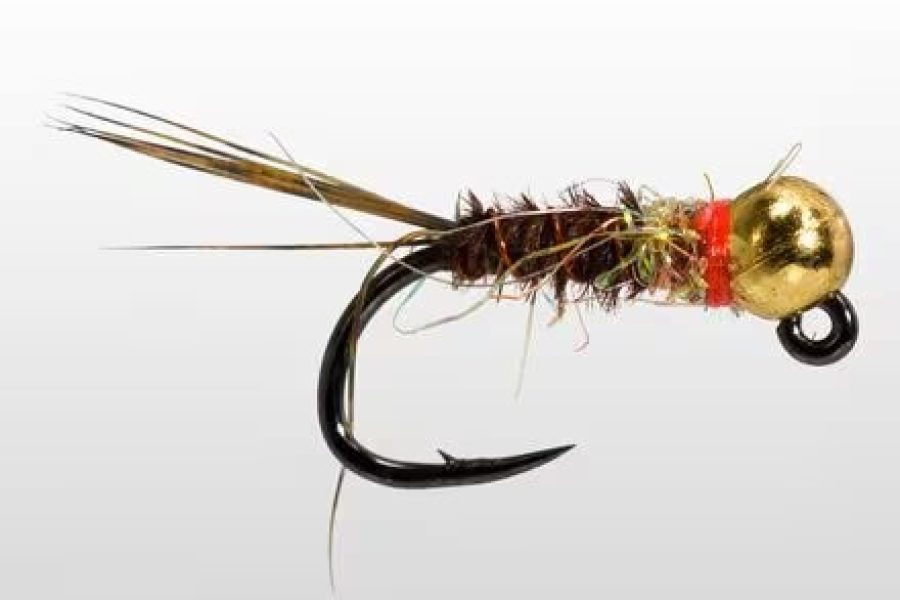Description
Product Overview and Heritage The Drop Dead Sexy Walt’s Worm Jiggy Style represents an innovative evolution of Walt Young’s classic pattern, featuring a specialized jig-style hook and enhanced materials that create an irresistible presentation. This pattern, developed from the original Walt’s Worm that has been a mainstay in the Pennsylvania fly-fishing community, incorporates modern Euro nymphing techniques with traditional effectiveness. The combination of jig-style construction, strategic hot spots, and precise proportions creates a highly effective pattern that consistently produces results across various water conditions.
Design Philosophy and Material Innovation The pattern’s effectiveness stems from its carefully engineered components:
- Premium jig hook
- Tungsten bead
- Specialized dubbing blend
- Hot spot collars
- Flash accents
- Durable construction
- Realistic profile
- Enhanced visibility
- Modern techniques
- Natural movement properties
Technical Specifications Hook Characteristics:
- Premium jig hook
- Available sizes: 12-18
- Heavy wire construction
- 60-degree jig eye
- Chemically sharpened point
- Wide gape configuration
- Black nickel finish
- Optimal hook strength
- Enhanced penetration design
- Perfect size-to-weight ratio
Material Properties:
- Selected dubbing blend
- Tungsten bead head
- Hot spot materials
- Enhanced durability
- Mixed materials
- Modern construction
- Color-fast characteristics
- Movement enhancement
- Profile consistency
- Natural appearance
Construction and Tying Process The pattern’s success relies on precise construction methods:
- Balanced proportions
- Strategic hot spot placement
- Graduated body tapering
- Reinforced connections
- Material integration
- Enhanced durability features
- Proper dubbing application
- Flash incorporation
- Profile consistency
- Weight optimization
Fishing Applications and Techniques Presentation Methods:
- Dead drift
- Tight line nymphing
- Multiple drift angles
- Depth control
- Pattern placement
- Current seam fishing
- Structure targeting
- Cross-current drifts
- Action variation
- Euro nymphing
Specialized Applications:
- Deep runs
- Technical water
- Spring creeks
- Tailwaters
- Clear water
- Selective trout
- Year-round fishing
- Competition scenarios
- Subsurface feeding
- High-pressure situations
Seasonal Effectiveness Spring Performance:
- Early season success
- High water periods
- Mixed techniques
- Weather changes
- Pattern selection
- Temperature increases
- Fish movement
- Feeding windows
- Natural cycles
- Hatch matching
Summer Strategy:
- Deep pool fishing
- Morning activity
- Temperature changes
- Feeding patterns
- Oxygen levels
- Light penetration
- Fish behavior
- Water conditions
- Current seams
- Structure targeting
Fall Applications:
- Pre-winter feeding
- Cooling waters
- Changed light conditions
- Transitional periods
- Selective takes
- Pattern visibility
- Fish location
- Temperature drops
- Migration patterns
- Feeding windows
Winter Tactics:
- Deep water presentation
- Slow retrieves
- Methodical approaches
- Temperature considerations
- Pattern visibility
- Fish holding patterns
- Oxygen levels
- Light penetration
- Feeding windows
- Cold water techniques
Habitat and Water Types Water Applications:
- Spring creeks
- Tailwaters
- Mountain streams
- Deep runs
- Clear pools
- Structure areas
- Current seams
- Drop-offs
- Holding water
- Pocket water
Specialized Environments:
- Technical waters
- Deep channels
- Freestone rivers
- Boulder pockets
- Complex currents
- Bank edges
- Channel drops
- Boulder fields
- Undercut banks
- Current breaks
Target Species and Behavior Primary Species:
- Brown Trout
- Rainbow Trout
- Brook Trout
- Cutthroat Trout
- Grayling
- Selective Trout
- Technical Water Species
- Subsurface Feeders
Feeding Behaviors:
- Natural inspection
- Selective takes
- Pattern recognition
- Territorial behavior
- Opportunistic takes
- Selective feeding
- Strike triggers
- Visual stimulation
- Lateral line response
- Competitive feeding
Rigging Recommendations Leader Setup:
- Competition leaders
- 5X-6X tippet
- French leaders
- Fluorocarbon options
- Direct connection
- Proper presentation
- Adequate stiffness
- Knot strength
- Breaking strain
- Abrasion resistance
Presentation Options:
- Single fly rigs
- Double nymph rigs
- Multiple fly systems
- Competition methods
- Modern techniques
- Line matching
- Leader design
- Tippet selection
- Depth control
- Weight adjustment
Professional Applications Guide Usage:
- Client-friendly pattern
- Proven success rates
- Consistent performance
- Easy presentation
- Multiple techniques
- Teaching tool
- Confidence pattern
- Versatile applications
- Durability
- Hook-up ratio
Competition Usage:
- Tournament proven
- Technical water success
- Pressure adaptation
- Quick-change capability
- Consistent performance
- Depth control
- Pattern rotation
- Size variation
- Color selection
- Presentation options
Care and Maintenance Post-Fishing Care:
- Thorough drying
- Material grooming
- Hook point inspection
- Hot spot maintenance
- Dubbing preservation
- Storage preparation
- Pattern inspection
- Shape verification
- Performance testing
- Weight checking
Storage Requirements:
- Dry environment
- UV protection
- Separate compartments
- Regular inspection
- Moisture prevention
- Temperature control
- Light protection
- Ventilation needs
- Box organization
- Inventory management
Advanced Fishing Methods Presentation Techniques:
- Euro nymphing
- Depth control
- Strike detection
- Drift management
- Current reading
- Structure approach
- Pattern tracking
- Recovery methods
- Angle optimization
- Speed control
Water Reading:
- Current understanding
- Depth assessment
- Structure location
- Fish holding areas
- Presentation angles
- Feeding lanes
- Travel routes
- Rest areas
- Temperature breaks
- Current seams
Environmental Considerations Conservation Features:
- Sustainable materials
- Durable construction
- Catch-and-release friendly
- Minimal environmental impact
- Eco-conscious design
- Material selection
- Ethical considerations
- Resource protection
- Species conservation
- Environmental awareness
Material Selection:
- Responsible sourcing
- Quality components
- Mixed elements
- Ethical production
- Sustainable practices
- Environmental impact
- Material longevity
- Waste reduction
- Local materials
- Eco-conscious design
Additional information
| Hook size | 10, 12, 14, 16, 18 |
|---|---|
| Hook type | Barbed Hooks, Barbless Hooks |

